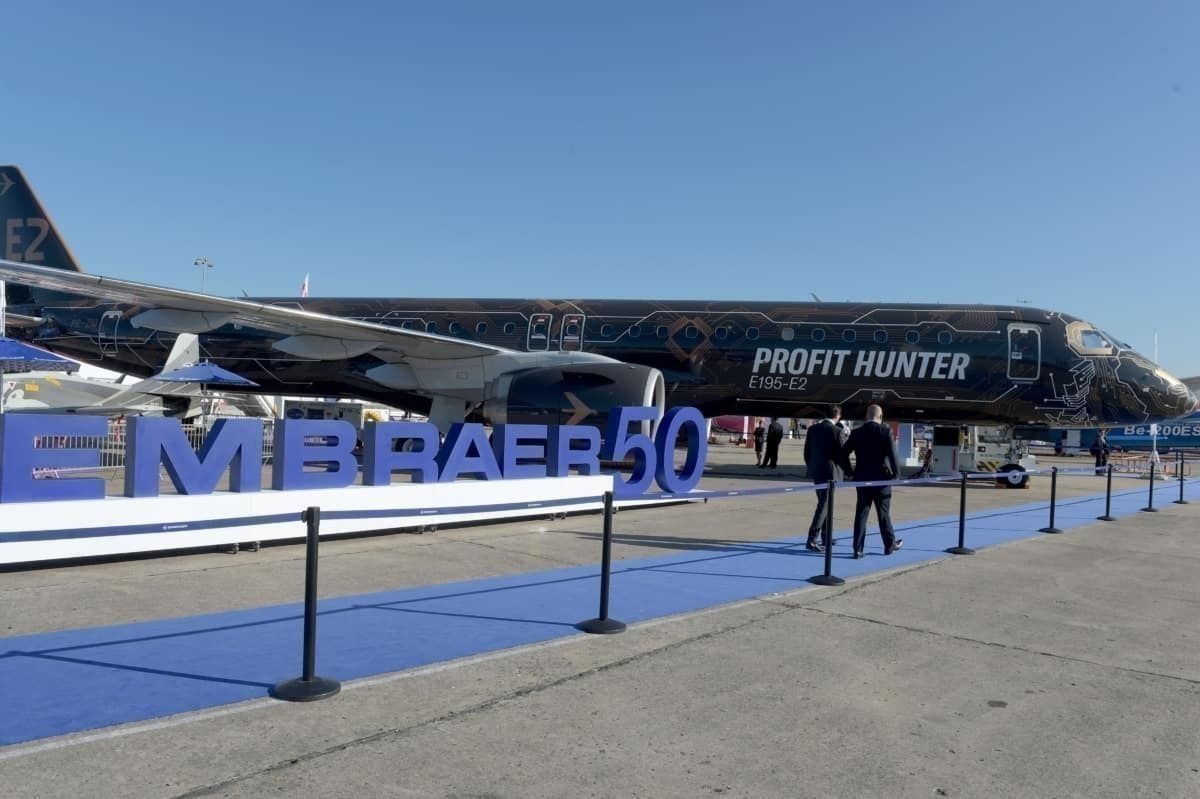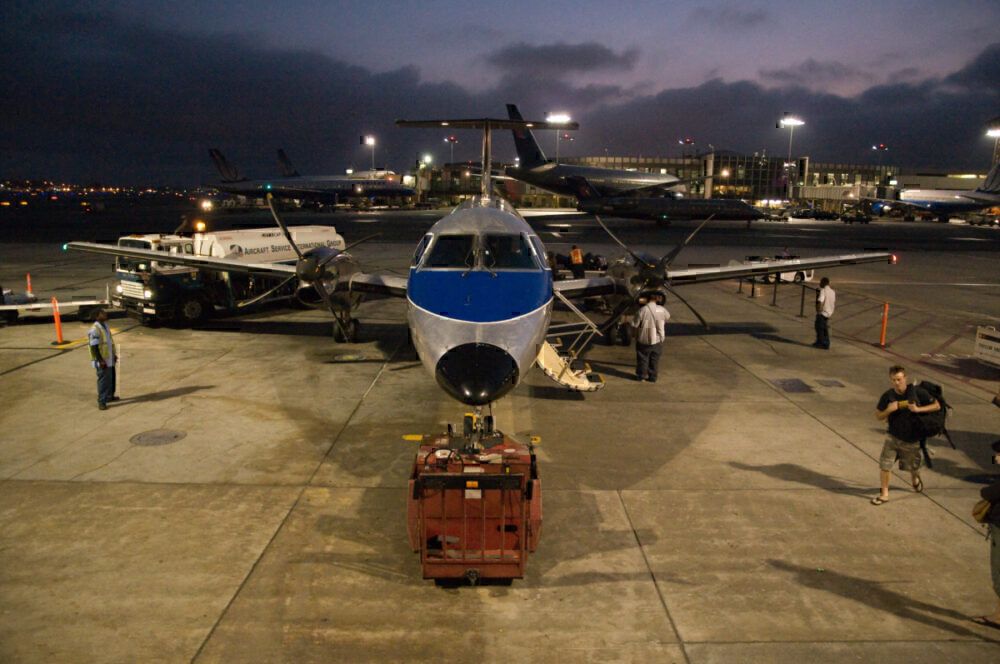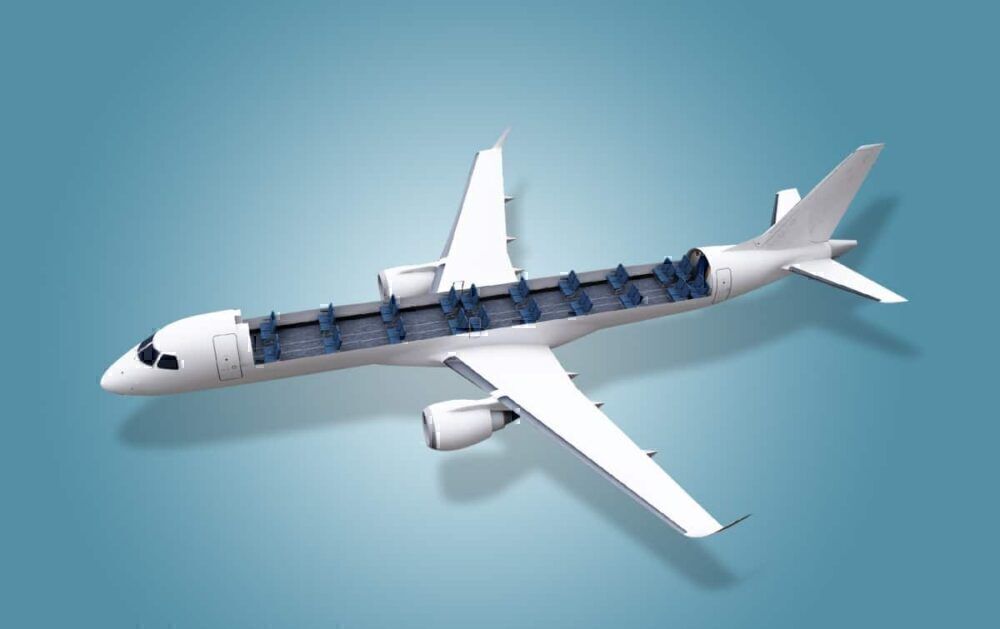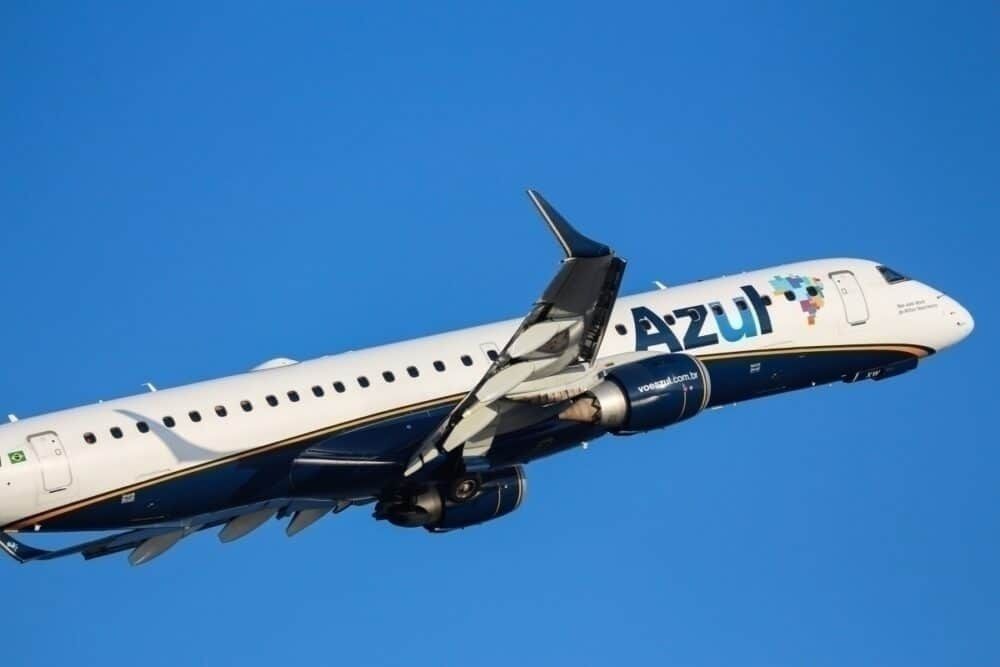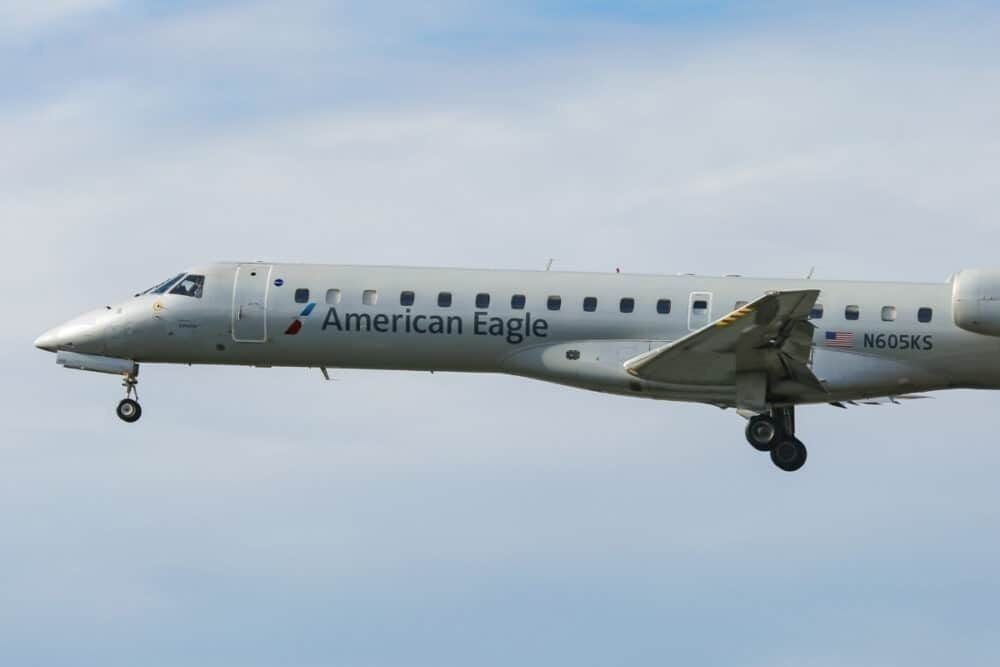Brazilian aircraft manufacturer Embraer has developed a solution to allow its array of aircraft to carry more cargo. Embraer highlighted requests from customers detailing the need for additional cargo space onboard its aircraft as part of its decision to pursue the solution. Now, the Brazilian civil aviation authority has granted an exemption allowing Embraer's planes to carry more freight.
The new solution for Embraer's aircraft
Embraer has received an exemption from ANAC, Brazil's civil aviation regulatory body, to allow for additional freight onboard Embraer passenger aircraft. This includes the EMB 120 Brasilia, ERJ145, and E-Jet (including the E2) families.
Johann Bordais, President and CEO of Embraer Services and Support, stated the following:
"Embraer’s engineers rose to the challenge when our customers asked them if they could find a way for their Embraer airplanes to carry more cargo payload. Today, customers can choose from a portfolio of solutions to carry cargo in the cabins of their EMB 120s, ERJ 145s, and E-Jets."
How much cargo can the planes hold?
The E-Jet family is the largest commercial passenger jet family Embraer makes. According to Embraer, a fully loaded 96-seater E190 can carry three metric tonnes (or 6,720 pounds) of cabin freight. The 118-seater E195 can do up to 3.75 metric tonnes (8,260 pounds). These numbers are in addition to the amount of cargo that can fit into the hold of the aircraft.
Aircraft operators can choose to either store the cargo on the passenger seats or else move to a floor-mounted freight configuration. In the latter, the E-Jets can see the removal of 70% of the passenger seats. The freight has to be held in the cabin using netting that attaches to the seat tracks. Embraer notes that Azul Cargo has taken this option for an E195.
On the ERJ145, the planes can carry up to 0.8 metric tonnes (1,750 pounds) of cargo. The E190-E2 can carry 2.36 metric tonnes (5.194 pounds).
The role these planes can serve
If there is one thing that the current crisis has taught the aviation industry, it is how vital air cargo transportation is to the global supply chain. Plenty of airlines ranging from Azul to Delta to Lufthansa are operating cargo-only fights on a very regular basis.
However, while most cargo-only flights are onboard widebodies conducting long-haul operations, there are still fewer cargo units available on shorter routes—leading Embraer to work to develop a solution.
Even as air travel starts to pick up around the world, collectively, airlines are still operating thousands of fewer flights per month than what they were this time last year. This leaves plenty of cities underserved when it comes to cargo units. And, while ground transportation has helped in countries like the United States, there are still some vital goods that require quick shipment to local communities– aircraft provide that. Food items, like seafood, some medications, and other precious cargo, require fast transit.
Are you glad to see Embraer develop this solution for its customers? Do you think airlines should use Embraer's planes to fly more cargo around? Let us know in the comments!

